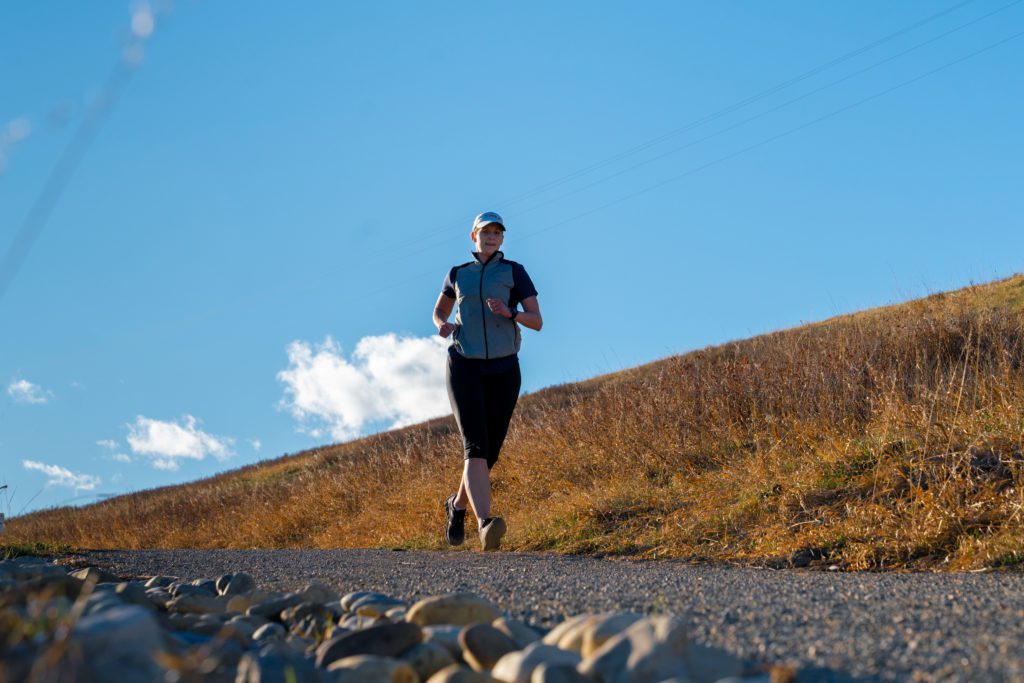A few easy tips to help you run downhill
Downhill running can be a lot tougher on your body than running uphill

Running downhill isn’t as easy as it looks and the force of gravity makes it a lot tougher on our bodies than running uphill. Form and technique become very important when descending a hill and if you don’t know how to properly run downhill, it can cost you time. Here are a few tips that you can practice on your easy runs to maximize your performance on the downhills.

RELATED: Four questions you should ask before you buy running shoes
Tip 1: Engage your hips and push them forward in your stride
The biggest misconception when running downhill is to lean back and let your legs do the work. Our bodies have a natural tendency to lean back in our stride and slam down with our heels, causing us to lose forward momentum and begin to overstride. A way to prevent this is by engaging your hips and pushing them slightly forward, forcing your legs to land under your body. This tip will allow you to have more control of your stride without losing speed.

Tip 2: Lengthen your stride
When running, you want to sustain your cadence. A way to do this is by lengthening your stride on downhills. Similar to our first tip, slightly lean forward with your body and hips, forcing your legs to land underneath your body. That being said, if you are running down a very technical hill, shortening your stride to have more control is the best way to avoid injury.
RELATED: How long does it take to see results from training?

Tip 3: Relax your body
Your body’s impact with the ground is higher when running downhill, in other words, landing harder. What you want to do is relax your entire upper body and let gravity do the work for you. Relax your shoulders and catch your breath – lower your heart rate by inhaling and exhaling. If you relax your body, your stride will adjust to avoid stomping.
Downhill running should be worked on like uphill running. Practice your downhill running on easy runs and gradually include downhill routes to avoid injury. The next time you do hill repeats, you should try these tips, using the downhills as part of your workout.


